Client:Opera Baltycka (Baltic Opera)
Location: Al. Zwyciestwa 15, 80-219 Gdańsk, Poland
Product(s) supplied: SWIT Zero-Latency Production Monitor (BM-U175, BM-245 & FM-215HDR)
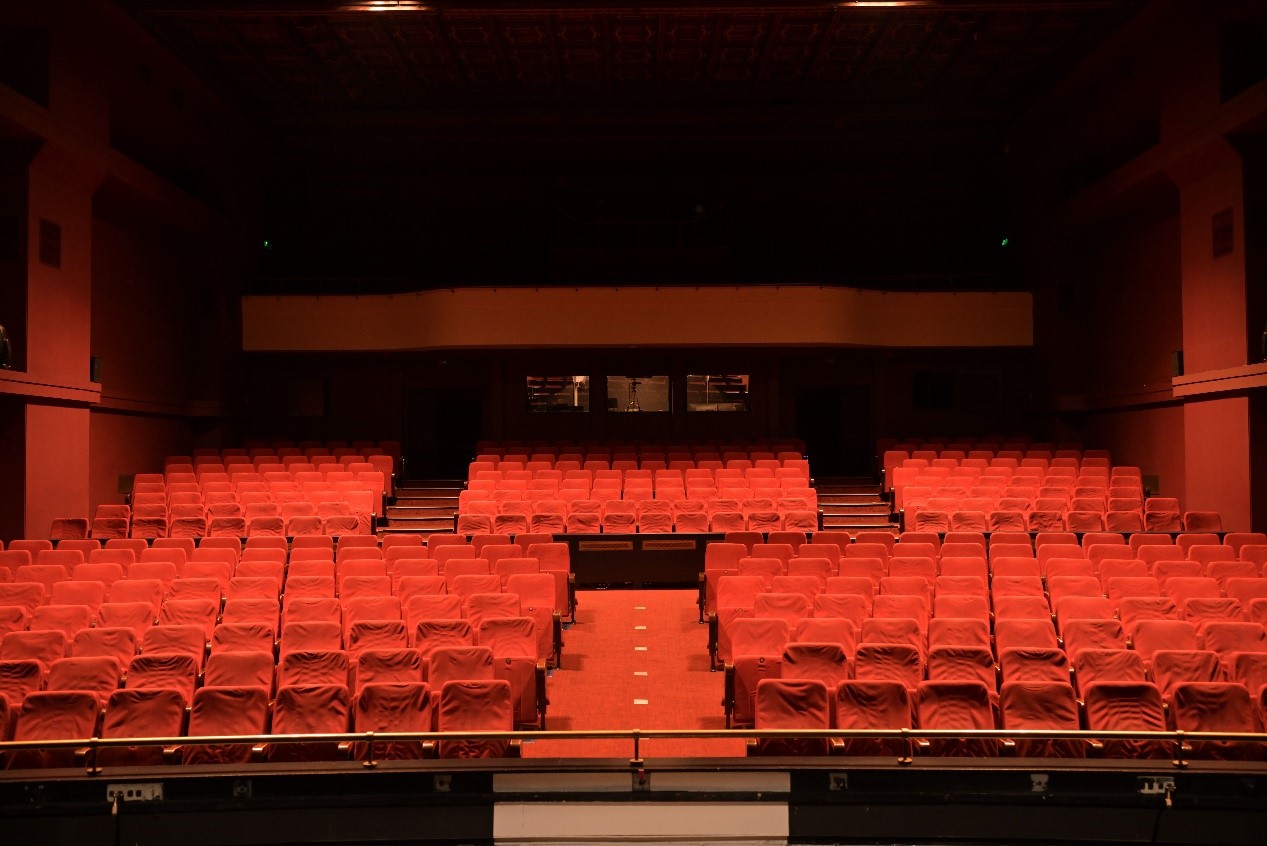
Challenge
In opera performances, the conductor is the heartbeat of the show—guiding not only the orchestra but also providing rhythm cues for singers and performers on stage. However, in many opera houses, including the Baltic Opera in Gdańsk, the orchestra pit is located below stage level, making it nearly impossible for singers and backstage staff to see the conductor directly.
Marek Lebida – Light Programmer, Baltic Opera in Gdańsk faced a serious challenge: how to ensure that every performer and technician could stay perfectly in sync with the conductor’s movements. His initial setup involved a camera aimed at the conductor and several monitors placed around the venue. Unfortunately, conventional monitors introduced signal latency, resulting in a noticeable delay—by the time the conductor’s baton had fallen, the image on screen was still mid-air.
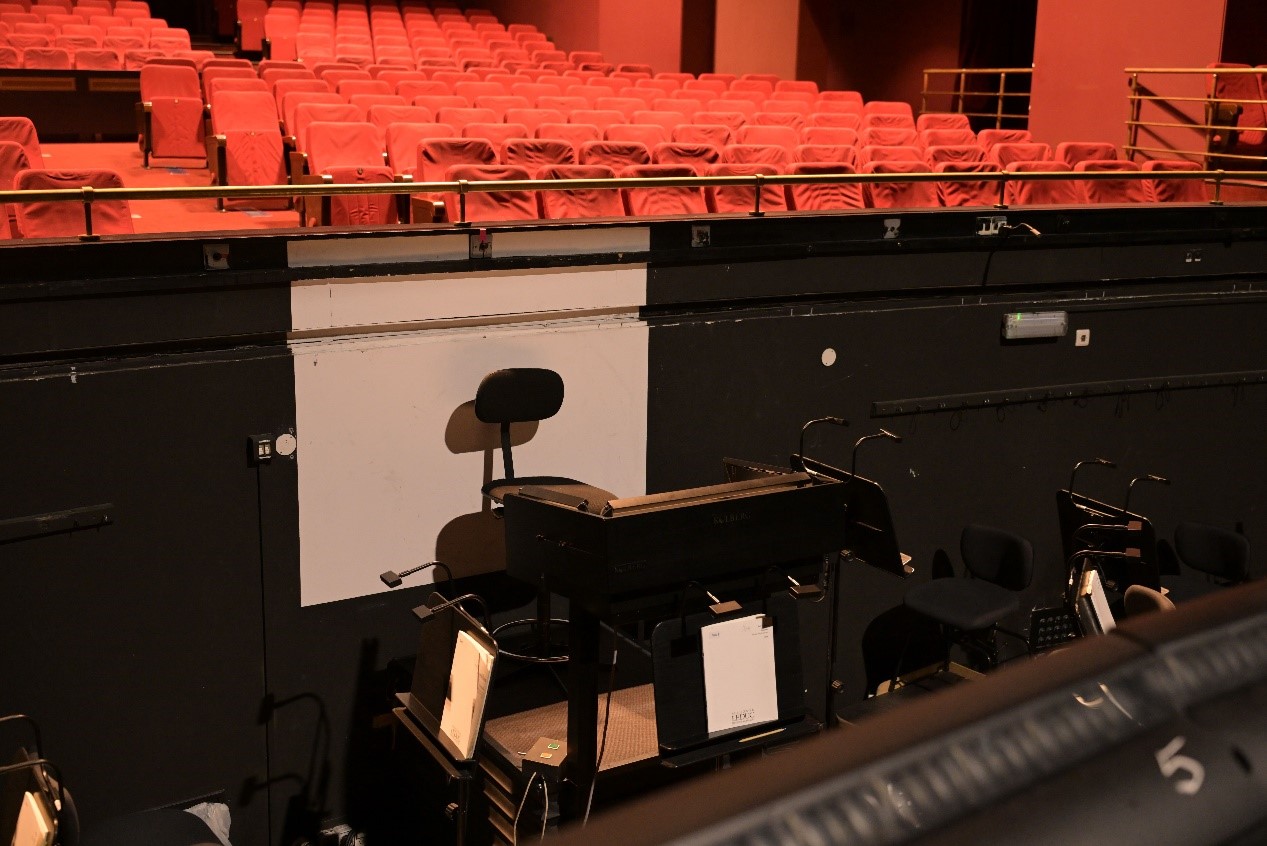
The orchestra pit deep below the stage level, making it difficult for singers and backstage staff to see the conductor directly.
Solution
To eliminate visual delay, Marek turned to SWIT’s zero-latency professional monitors. After learning that SWIT monitors achieve a near-instantaneous 5ms delay through hardware-level signal processing, he decided to test the 21.5-inch SWIT FM-215HDR model together with a Marshall PTZ camera.
The results exceeded expectations. The SWIT monitor displayed the live video feed from the orchestra pit in real time, allowing performers to follow the conductor’s gestures with perfect synchronization.
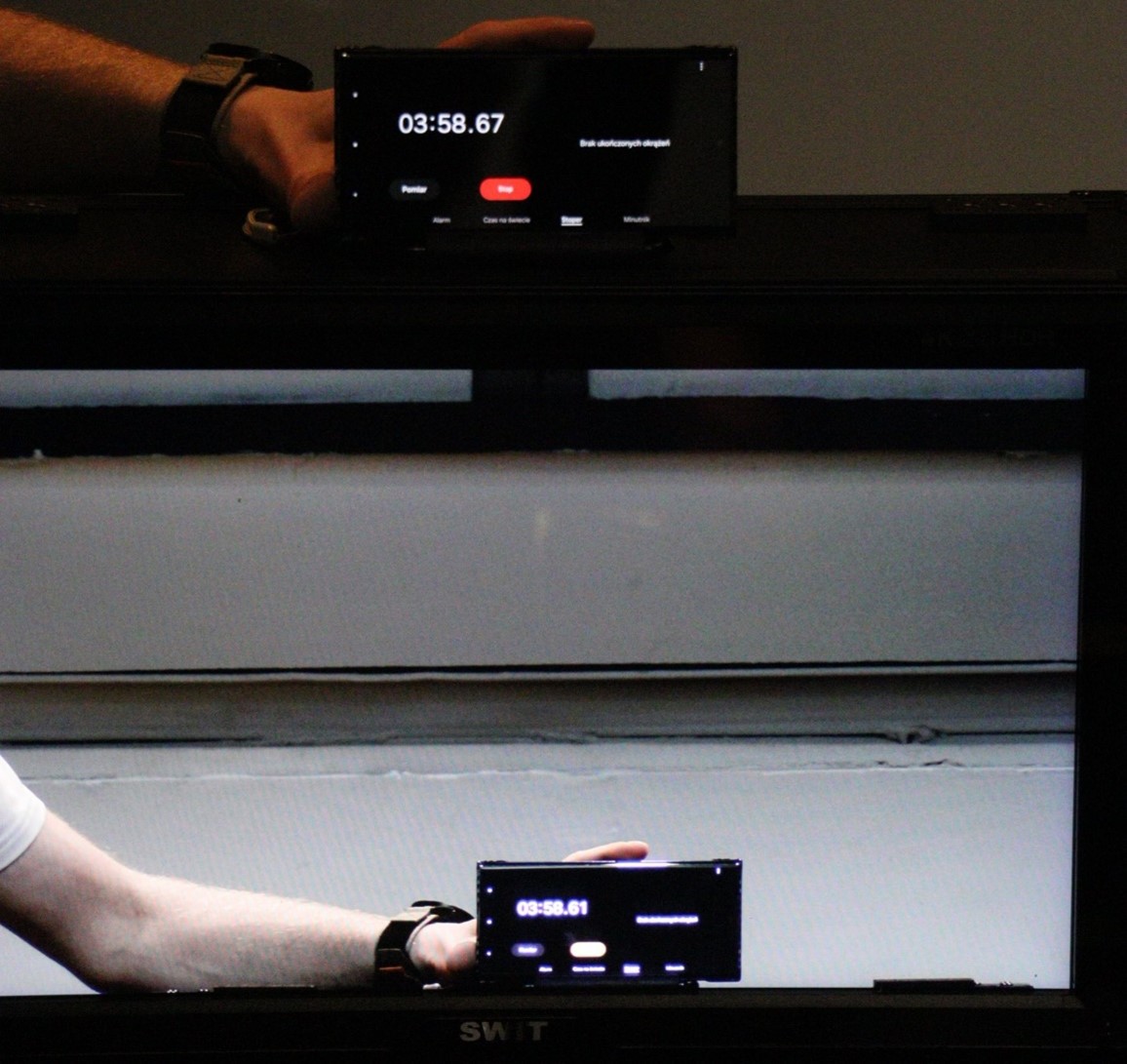
On-site testing of the SWIT monitor for the conductor’s live feed. The latency of the entire system is controlled to a level imperceptible to humans.
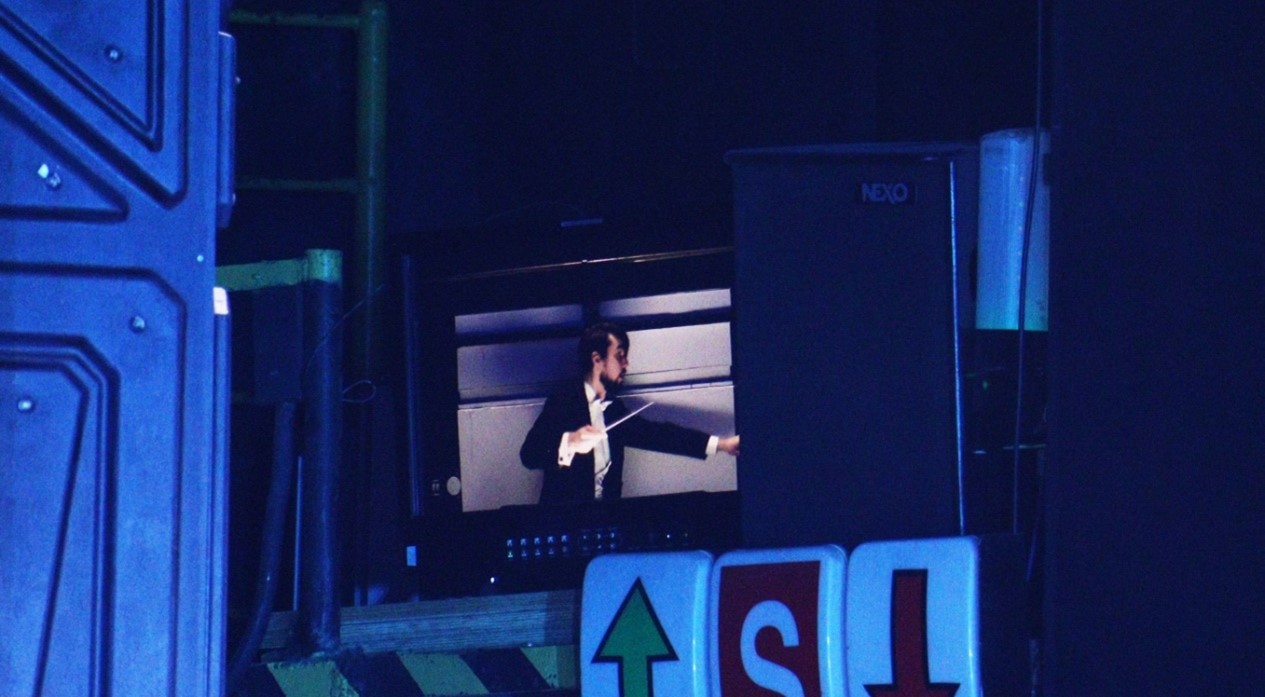
SWIT monitor showing conductor feed backstage.
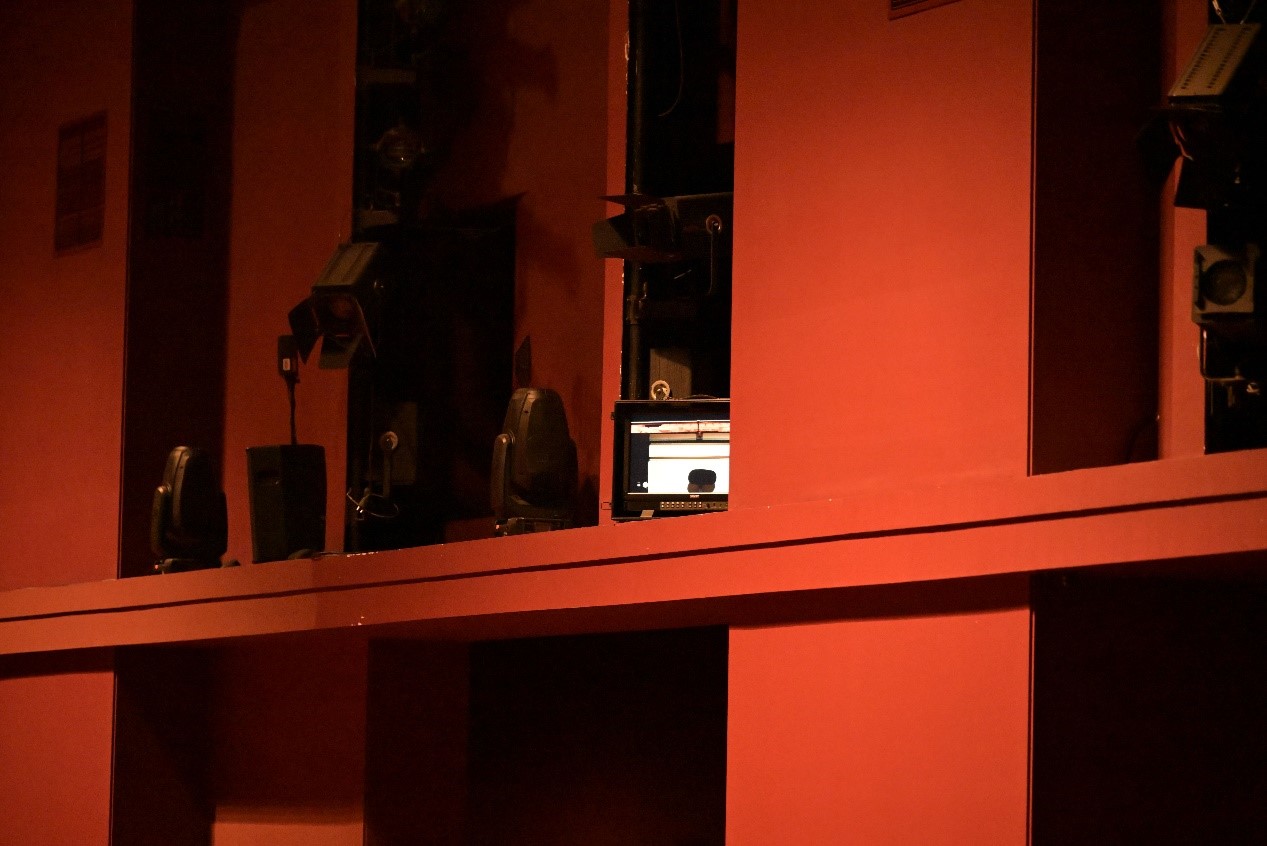
The monitors placed on both sides of the audience seating allow the singer to see the beat without having to look down.
Expanding the System
Encouraged by the success of the test, Marek expanded the system throughout the entire opera house. BM-U175, BM-245 & FM-215HDR monitors were installed on both sides of the audience hall, behind stage curtains, and in backstage corridors. Using SDI signal distribution systems, different feeds—including the live stage view, infrared camera views for dark scenes, and backstage camera views—were seamlessly integrated into a unified monitoring network.
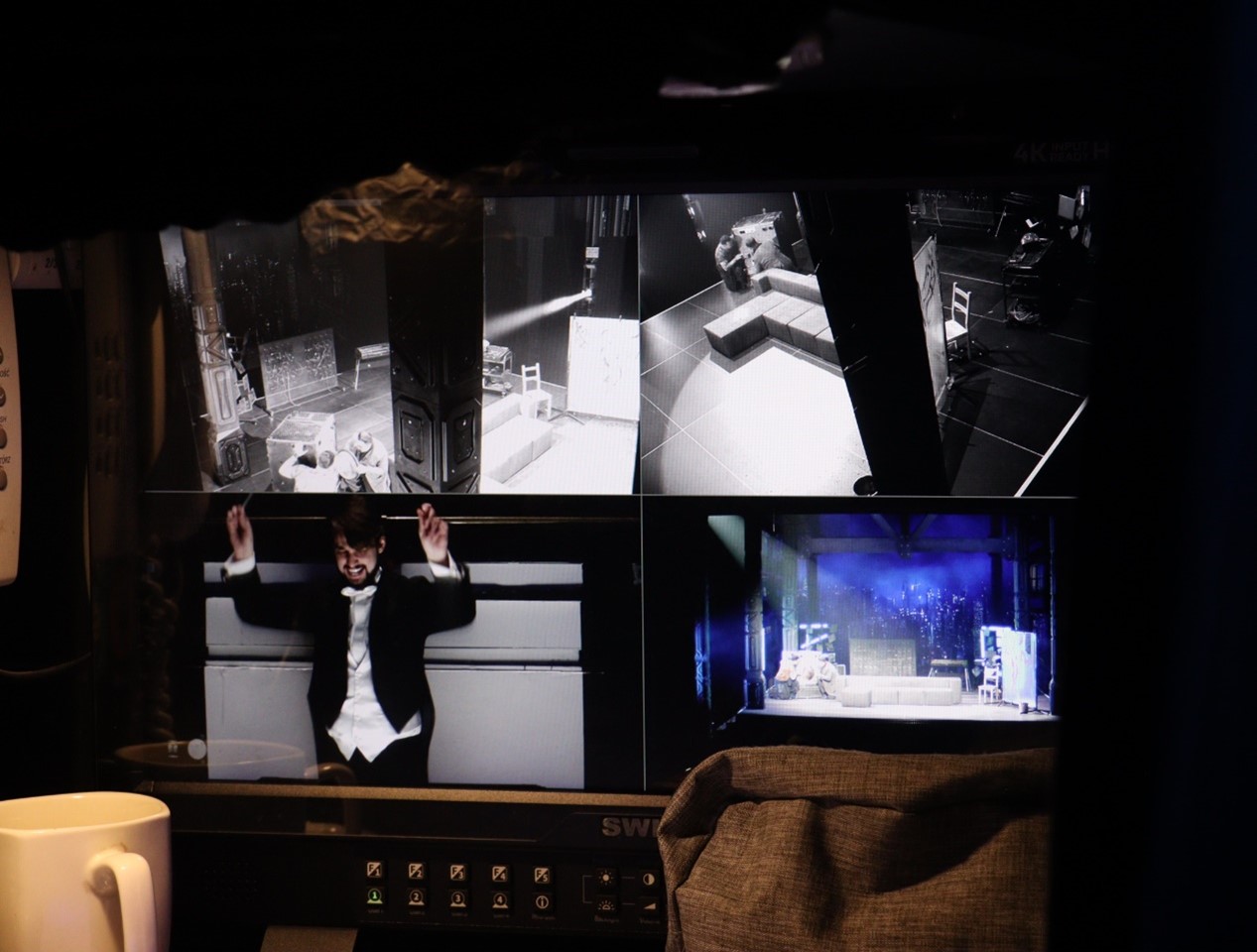
At the stage director’s desk, a SWIT monitor displays the conductor feed for precise cue coordination during live performance.
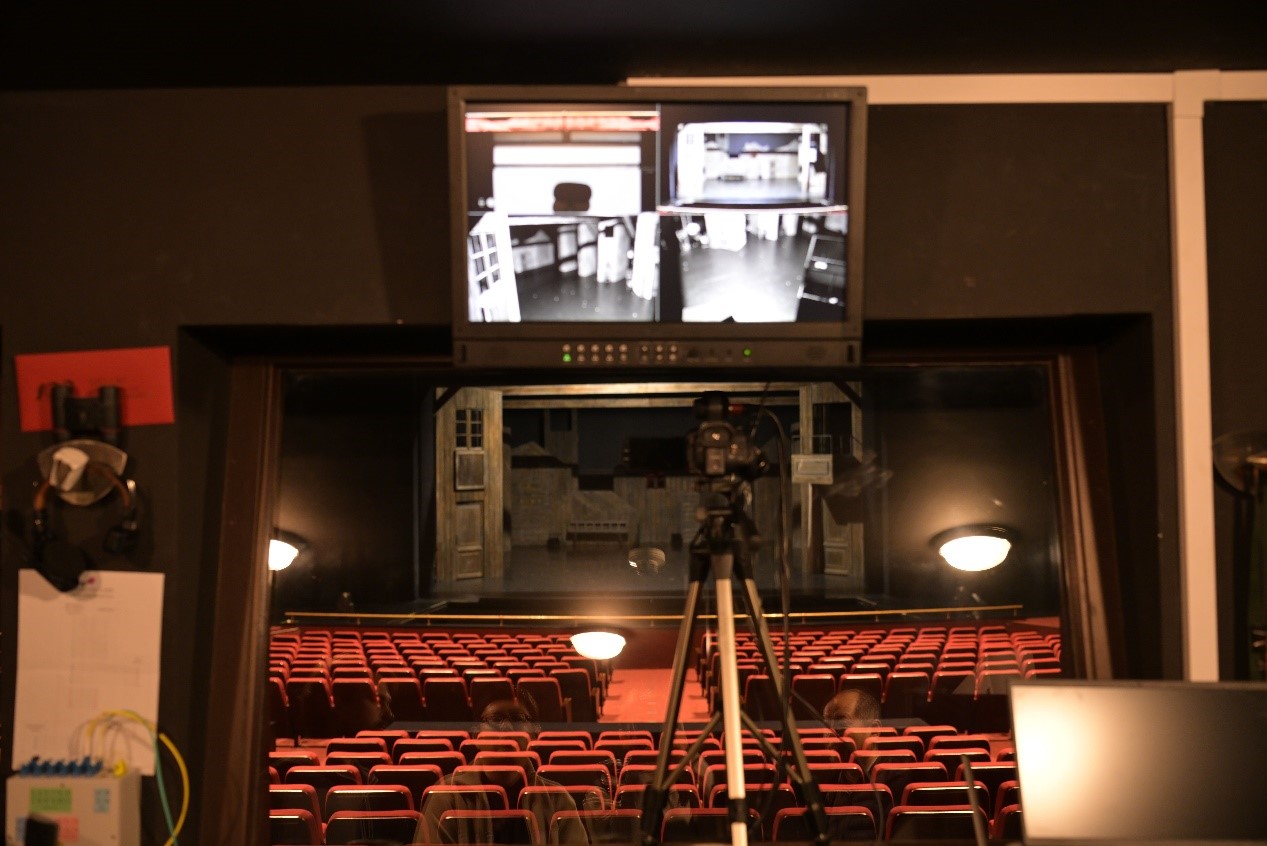
In the control room, the video system manages multiple camera inputs and SWIT monitor outputs across the opera house.
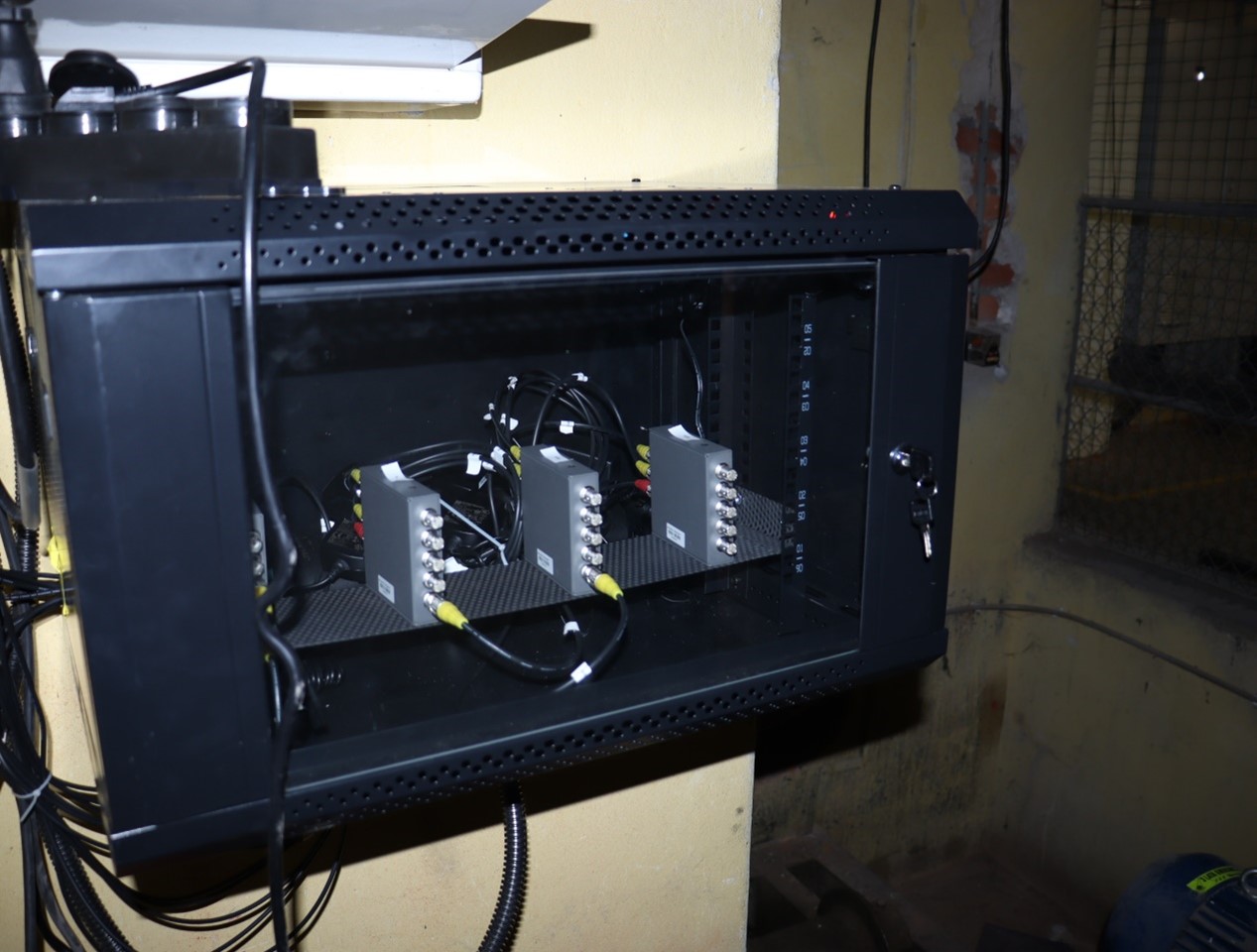
SDI distribution hub delivering synchronized video feeds to multiple SWIT monitors installed around the venue.
Reliability and Performance
Opera performances demand continuous operation and absolute reliability. SWIT’s broadcast-grade monitors deliver both, offering accurate color reproduction, rugged metal housing, and stable SDI connectivity ideal for live theatre environments.
The Venue
The Baltic Opera is one of Poland’s leading performing arts institutions, located in the historic city of Gdańsk. Its modern interior combines rich acoustic design with advanced stage technologies—making it the perfect venue to demonstrate the reliability and precision of SWIT’s zero-latency monitoring solutions.
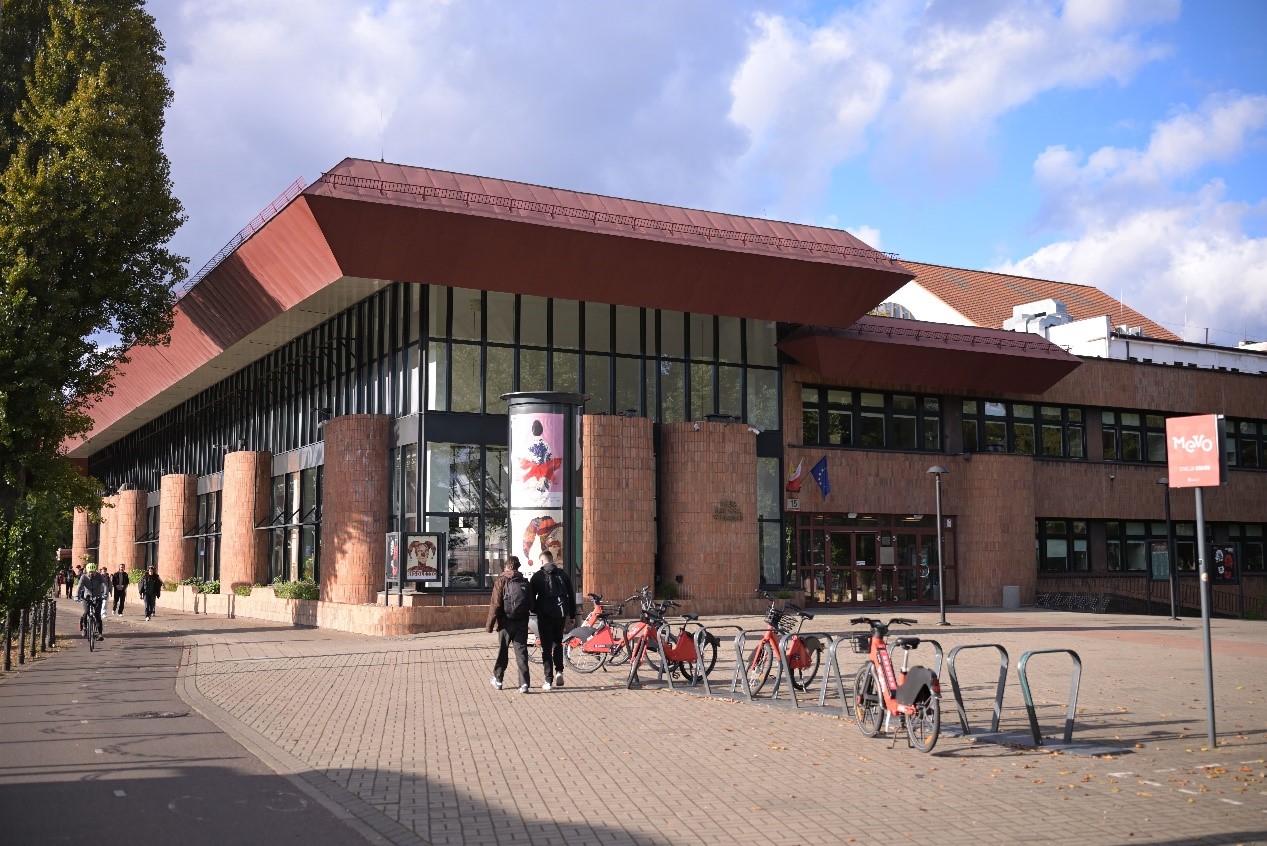
Exterior of the Baltic Opera in Gdańsk, Poland—home to the innovative zero-latency monitoring system powered by SWIT.

Interior view of the Baltic Opera main hall, where SWIT monitors are integrated across the stage and backstage areas.
Technical Highlights
● Zero-latency (≤0.01 frames) SDI signal processing (All SWIT monitors in the BM series and FM series feature zero-latency capability.)
● Wide viewing angle for stage visibility
● Rugged housing and flexible mounting options
● Integrated into SDI distribution for multi-feed monitoring
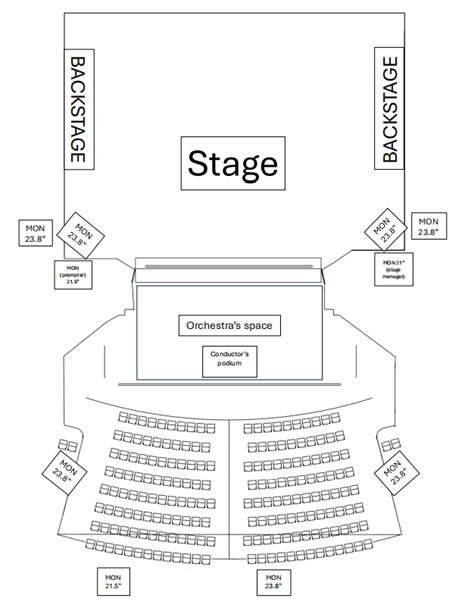
Detailed monitor placement within the theatre, illustrating real-time feed distribution to performers and technical teams.
Result
The system has transformed workflow efficiency at Baltic Opera, enabling every department—from performers to technical crews—to stay synchronized with the live orchestra. The collaboration between Marek Lebida’s creative vision and SWIT’s zero-latency technology has set a new standard for real-time stage monitoring in the performing arts sector.
Credits & Acknowledgements
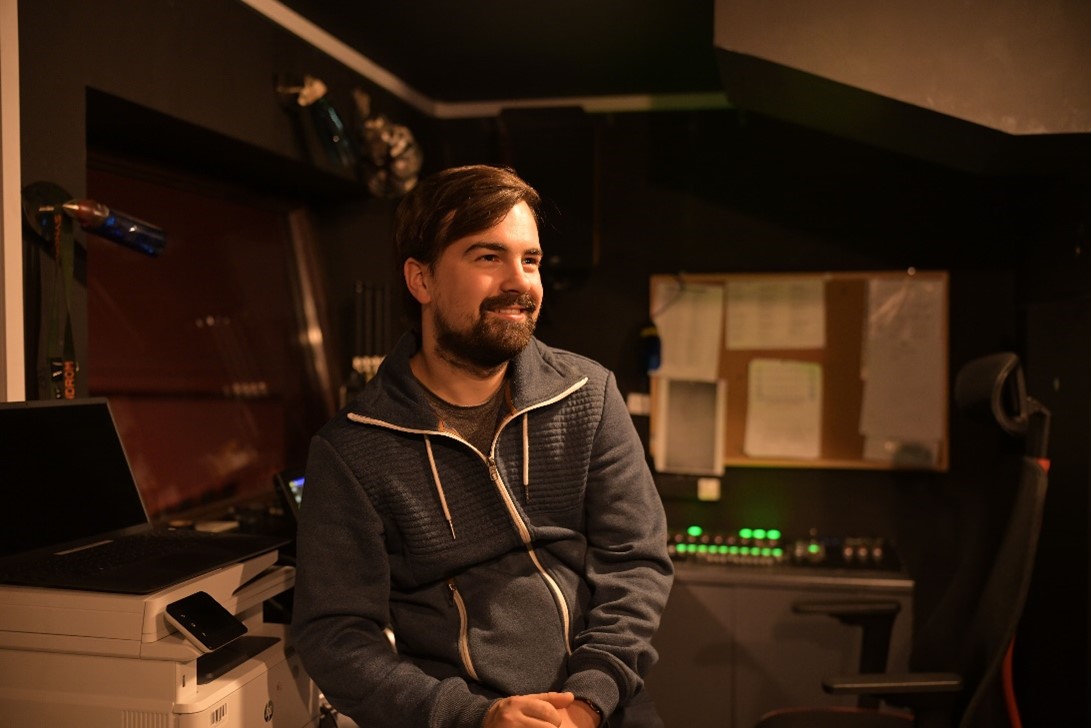
Marek Lebida – Light Programmer, Baltic Opera in Gdańsk
This project was realized in collaboration with Marek Lebida – Light Programmer, Baltic Opera in Gdańsk.
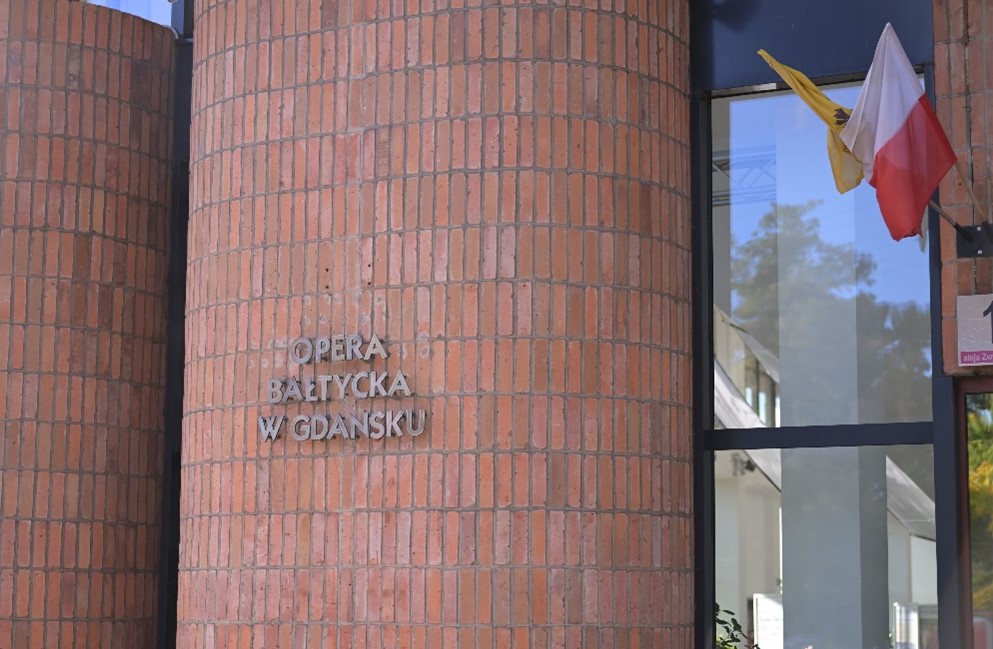
Special thanks to the Opera Bałtycka (Baltic Opera) for their support and permission to share this case study.
Follow Baltic Opera and Marek Lebida:

